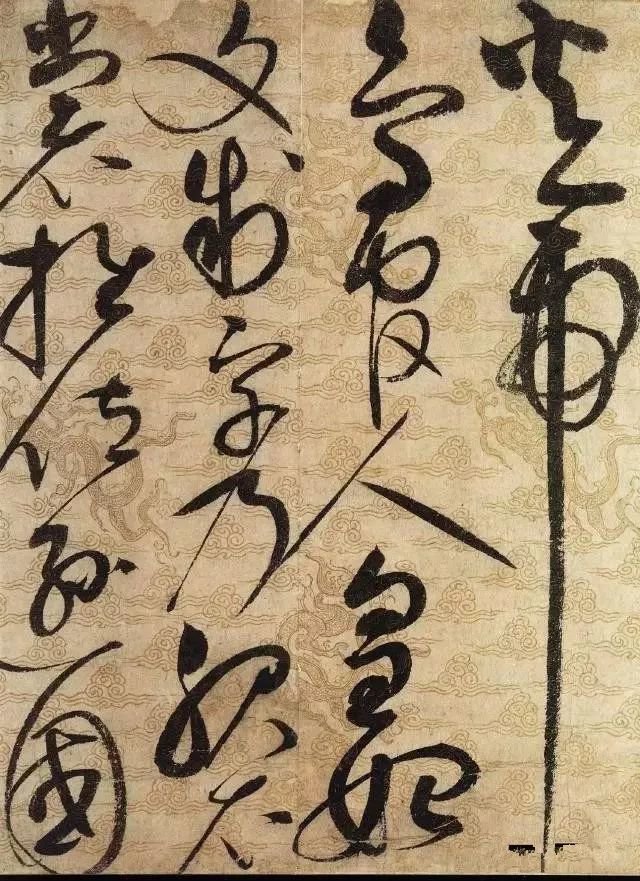1. Start with the temporary post
This question involves the form and charm of calligraphy. The most important way for us to learn calligraphy is to practice calligraphy. Therefore, the problem of form and spirit exists in the process of learning calligraphy from the beginning, and it is a problem that must be solved when we learn calligraphy.
Therefore, when we write calligraphy, if we want to achieve both form and spirit, we must first start with the calligraphy. Only when we write calligraphy, can we achieve both form and spirit, can we be able to have both form and spirit in the subsequent calligraphy learning.

2. The essence of art learning – copying and reproduction
In the post, the first effect we want to achieve is similarity. It can be said that the learning of any art begins with imitation and copying. For example, when we learn painting, we must start by copying other people's paintings; when we learn musical instruments, we must learn from playing famous songs; this is true for singing and dancing.
The essence of art learning, if we only talk about the primary stage of learning, is a process of imitation, copying and reproduction. In other words, the process of art learning is exactly the opposite of the process of art creation. Artistic creation emphasizes the novelty, originality and uniqueness of art. The study of art is aimed at the reproduction and imitation of existing masterpieces. In such a process of reproduction and copying, learners can sum up their experiences and learn skills by experiencing the process of artistic creation.

Therefore, the same is true for the study of calligraphy. Why should we learn from Wang Xizhi? Why should we learn Lanting Xu? Why should we learn from Yan Zhenqing? Do we really want someone exactly like Yan Zhenqing and Wang Xizhi to exist? of course not. We learn from him not to become him, but to learn his skills in the process. Learn his methods and methods of handling artistic materials.
Therefore, in the stage of art learning, our first task is - like. This image, of course, can also be said to be "like". So to what extent does it look like?
At this time, generally speaking, we divide the image into two parts - physical resemblance and spiritual resemblance.

3. The relationship between the two
The meaning of "similarity" is that it looks exactly the same as the original work in appearance, and the appearance is very similar and 100% coincident. In calligraphy, the meaning of similarity once had such a standard, that is, you have to achieve it - a 100% duplicate of the original calligraphy. That is to say, what you wrote exactly matches what is written on the copybook.
Such standards are indeed very difficult. Who do you think can do it? I'm afraid calligraphers copy calligraphy from copybooks, and if you ask Ouyang Xun to copy his own calligraphy, or ask Wang Xizhi to copy his own Lanting Preface, it may not be satisfactory.
According to legend, Wang Xizhi woke up after being drunk and saw the preface to Lanting that he had written. He was very satisfied and wanted to write a few more chapters, but they failed to achieve the effect at that time. Only the first one he wrote while drunk was the best. It can be seen that even calligraphers themselves are not perfect. But what is the point of having such a high standard? It means that you can continue to copy and learn, and have lofty ideals and goals. Just like what we said, when you set a goal or ideal for yourself, of course you cannot set a goal that is lower than your ability. You must set a goal that is slightly higher than you, so that you can work harder!
If you want to copy calligraphy to the point of ghosting, this is the purpose.








